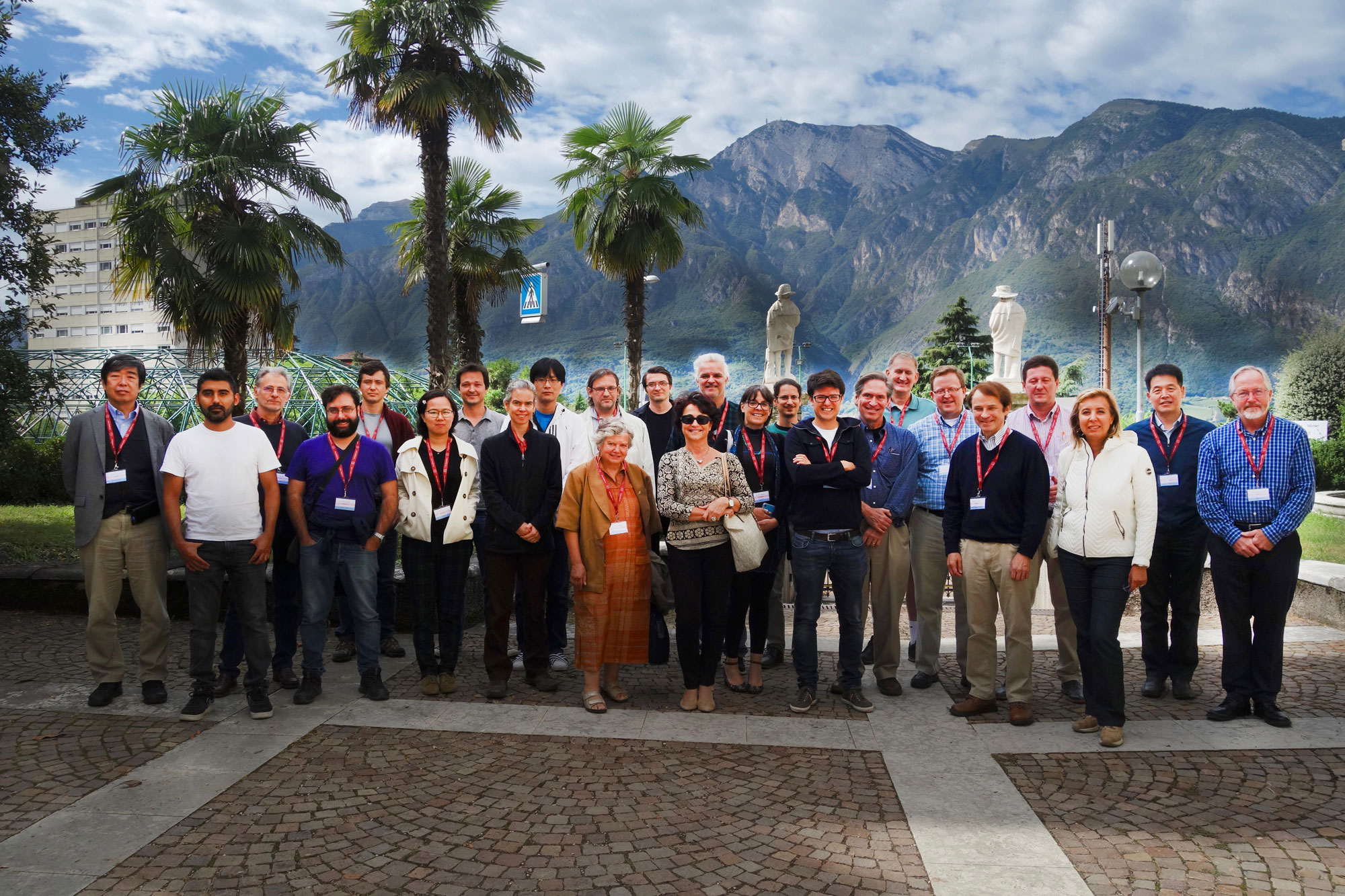Diquark Correlations in Hadron Physics: Origin, Impact and Evidence
Meeting room
ECT* - Villa Tambosi
Diquark Correlations in Hadron Physics: Origin, Impact and Evidence
The last decade has seen a dramatic shift in the way we understand the internal structure of hadronic systems. Modern experimental facilities, new theoretical techniques for the continuum bound-state problem and progress with lattice-regularized QCD have provided strong indications that soft quarkquark (diquark) correlations play a crucial role in hadron physics. For example, theory indicates that the appearance of such correlations is a necessary consequence of dynamical chiral symmetry breaking, viz. the mechanism responsible for emergence of almost all visible mass in the universe; experiment has uncovered signals for such correlations in the flavour-separation of the proton’s electromagnetic form factors; and phenomenology suggests that diquark correlations might be critical to the formation of exotic tetra- and penta-quark hadrons. This workshop will gather experimentalists and theorists to undertake a critical review of existing information, consolidate the facts, and therefrom develop a coherent, unified picture of hadron structure.


